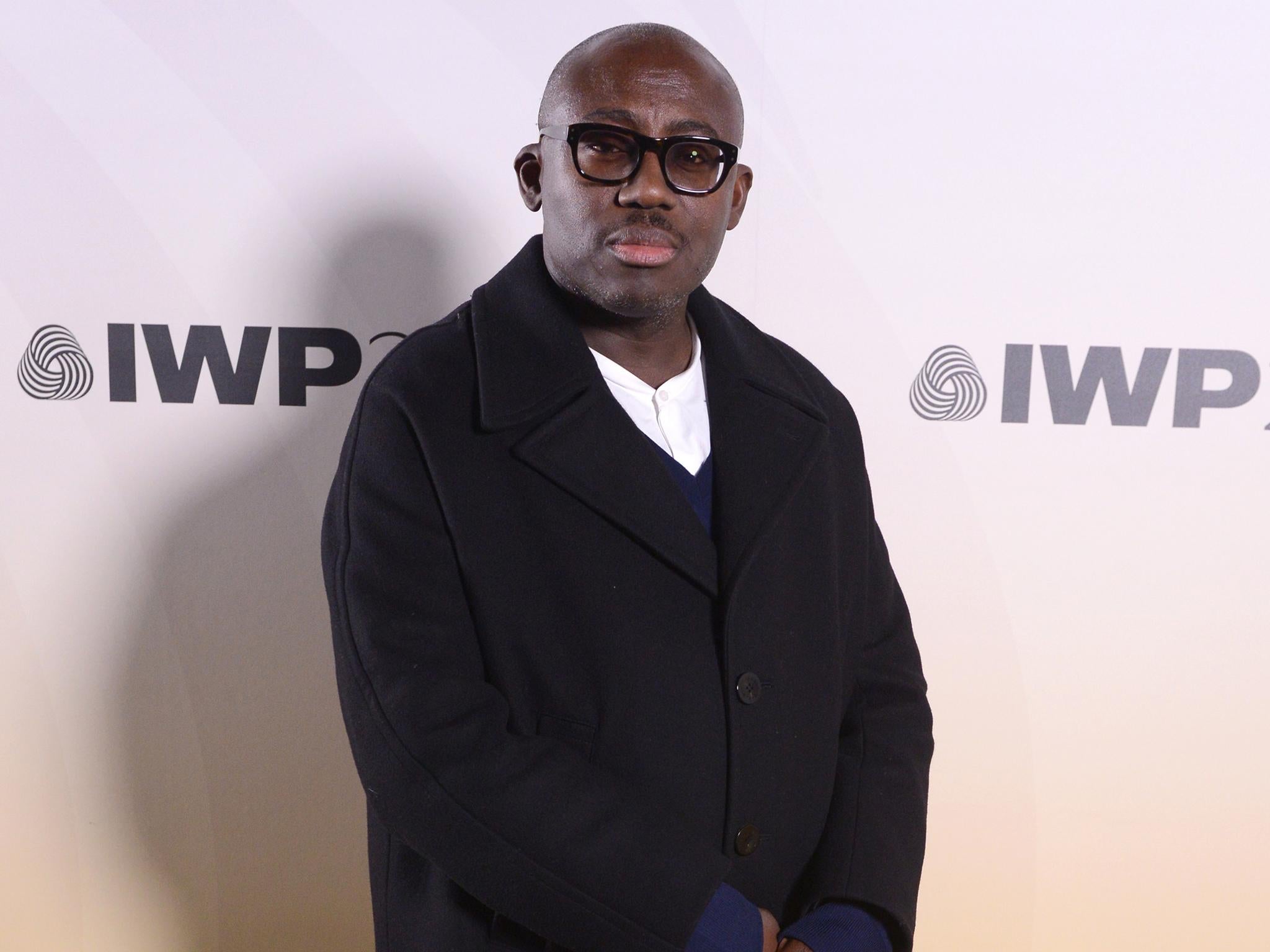The Independent's journalism is supported by our readers. When you purchase through links on our site, we may earn commission.
Glossy magazines are getting political to stay relevant – but it seems to be just a marketing strategy
British Vogue is the perfect example of a publication that changed inside out and tackled politics while being true to the magazine’s essence. Why can’t others?


Staying relevant as a glossy publication when fashion week is digital, masks cover lipstick, and red carpets, cultural events and trips are limited is a challenge. Hence the decision for all 26 editions of Vogue to unite under one global theme for their September issue: hope. While Vogue Arabia’s cover shows a 7-year-old girl impacted by the explosions in Beirut, British Vogue dedicated its fold-out cover to activism embodied by 20 faces including Adwoa Aboah, Marcus Rashford, Angela Davis and Reni Eddo-Lodge.
In France, my home country, the hope cover shows a black model, Malika Louback who makes history as one of the six black women on the cover of the French publication this century. However, when taking a closer look, one realises that not only was Malika the only black person involved in the shoot, the magazine itself, according to its most recent masthead, employs a 100 per cent white editorial staff.
“You may not see racism, but this is the time to seek it out, find out where it is and learn how to stamp it out,” wrote Vogue Paris on Instagram following the global outrage after George Floyd’s death. Weeks later, the magazine would reveal its July 2020 cover showing a brown woman’s crotch wearing a Louis Vuitton bikini. But the model happened to be a white Danish girl in reality. After many tried to single out the hypocrisy of it all, explaining to them what blackfishing was, including me, we saw our negative comments being deleted and our accounts blocked. It seems the magazine was not ready to “learn how to stamp [racism] out” in the end.
Fat black model Enam Asiama broke barriers when she made it to the pages of Vogue Portugal “Respect” issue in January 2020 and reiterated in Italian Vogue July 2020. What an accomplishment! But sadly, as the model wrote herself, all her editorial jobs are “free labour” she does for the cause. Respect, it seems, was nothing but a headline. Contrary to skinny models, when entering these elitist spaces, Asiama immediately becomes an activist embodying all black and fat people, to the extent that some publications are willing to exploit her image freely to appear woke.
Influencer agent and founder of Influencer Pay Gap, Adesuwa Ajayi, uncovered several testimonials of influencers of colour being asked to work for free, for a pair of shoes or a box of wine and cheese. At the same time, their white counterparts would charge thousands of pounds for the same campaign. Representation is never enough as it all comes down to inclusion.
British Vogue is the perfect example of a publication that changed inside out and tackled politics while being true to the magazine’s essence. The whole team went from predominantly white to a diverse range of talents, from writers to the publishing director. Its issue co-edited with The Duchess of Sussex was the fastest-selling issue in the history of British Vogue (sold out in 10 days).
“I do use the platform to address injustices,” said editor-in-chief Edward Enninful to Gillian Joseph on Sky News in early August 2020, which means that a balance exists between relevancy as a monthly magazine and glamour.
Similarly there are signs of change at Vanity Fair. Not only did the magazine hire best-selling author Ta-Nehisi Coates to guest edit its special edition September issue exploring art, activism, and power in 21st-century America, but also – for the first time in its 107-year-history – featuring the work of black photographer Dario Calmese on its July/August cover.
British GQ new cover star, John Boyega, did not shy away from controversy in his interview stating: “What I would say to Disney is do not bring out a black character, market them to be much more important in the franchise than they are and then have them pushed to the side.” The tokenism he experienced was a similar strategy adopted by media company Refinery29. For years it showed women of all races and shapes on its website while not hiring many women who looked like that and harassing the very few who made it indoors, according to an investigation by CNN.
Glossy magazines will never be genuine if they keep considering Bame and social issues as trends of the month. Hope might be covering 26 editions of Vogue around the world, but means nothing if the commitment is staged.
Dan Hastings is a freelance journalist who writes about fat activism, intersectional feminism and inclusivity within the fashion industry.
Join our commenting forum
Join thought-provoking conversations, follow other Independent readers and see their replies
Comments